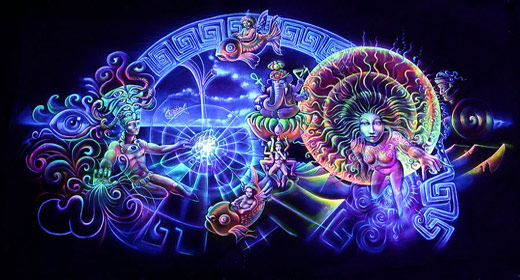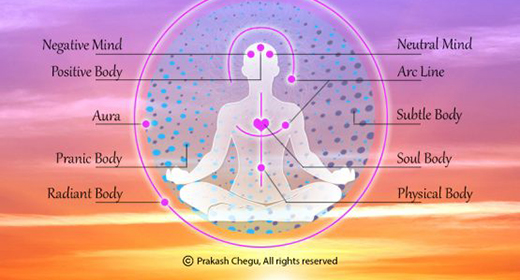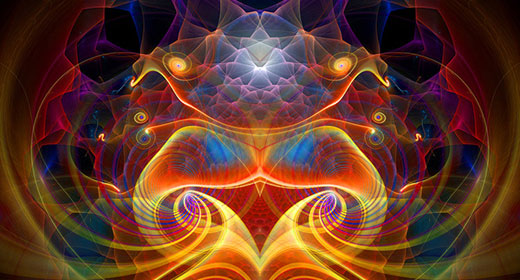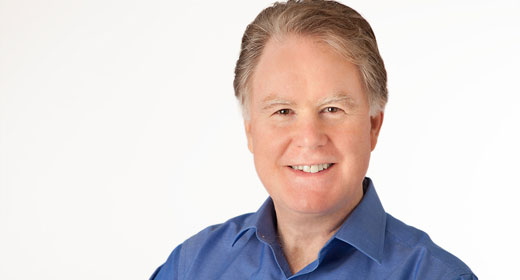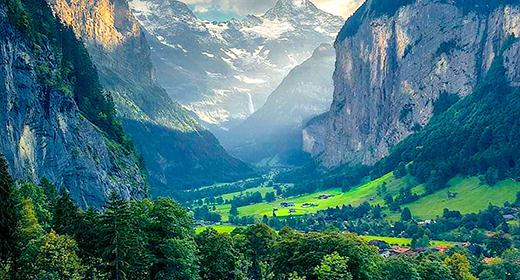by Jean Houston: What is real spirituality but the art of union with Reality? 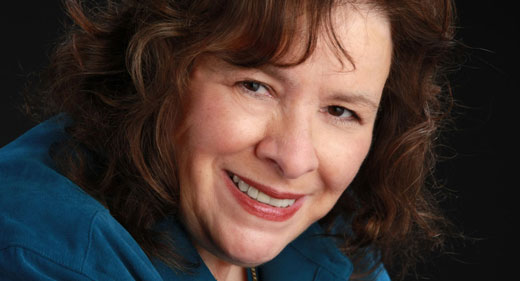 Mysticism is a particularly focused part of spirituality; the mystic is a person who aims at and believes in the attainment of such union.
Mysticism is a particularly focused part of spirituality; the mystic is a person who aims at and believes in the attainment of such union.
Mysticism is a particularly focused part of spirituality; the mystic is a person who aims at and believes in the attainment of such union. In its classical spiritual form it is a heroic journey, and valiant efforts are required to follow the path.
Many of the spiritual teachers of the world have likened our lives to “a sleep and a forgetting.” The mystic path is predicated on awakening, on going off robot and abandoning lackluster passivity to engage co-creation with vigor, attention, focus, and radiance, characteristics we might note we often find in our animal friends.
Thus the mystical variant of the spiritual experience is perhaps the greatest accelerator of evolutionary enhancement. Through this experience, as Ervin Laszlo noted in his series of posts on Quantum Consciousness, we tap into wider physical, mental, and emotional systems, thereby gaining entrance into the next stage of our unfolding, both individually and collectively. Once the province of the few, the spiritual experience, and within it the mystic path, may now be the requirement of the many — a unique developmental path for self and world.
In a lifetime of studying the art and science of human development, I have found no more powerful, practical, and evolutionary practice than the mystic path. When I have studied or talked with seekers who have had this variety of the spiritual experience, they have told me of a joy that passes understanding, an immense surge of creativity, an instant uprush of kindness and tolerance that makes them impassioned champions for the betterment of all, bridge-builders, magnets for solutions, peacemakers, pathfinders. Best of all, other people feel enriched and nourished around them. Everyone they touch becomes more because they themselves are more. Perhaps we have needed the changes and accelerations of our time to put the flame under the crucible of becoming so that such inward alchemy could take place.
Mysticism, and spirituality in general, seems to rise during times of intense change and stress. Add the sufficiency of current shadows and the breakdown of all certainties, and we have the ingredients for the current universal pursuit of spiritual realities. We live in a time in which more and more history is happening faster and faster than we can make sense of. The habits of millennia seem to vanish in a few months and the convictions of centuries are crashing down like the twin towers of the World Trade Center in New York. And yet, the deconstruction of traditional ways of being may invite the underlying Spirit, of which we are a part, to break through.
So how can we birth this miracle within ourselves? How can we foster our natural birthright of spiritual presence?
Many have written of the mystic path and tracked its myriad adventures and planes of development. I have found Evelyn Underhill, writing early in the twentieth century, to be one of the finest guides to the experience. In her great work Mysticism, she presents the mystic path as a series of eight organic stages: awakening, purification, illumination, voices and visions, contemplation and introversion, ecstasy and rapture, the dark night of the soul, and union with the One Reality.
In the first stage, “awakening,” one wakes up, to put it quite simply. Suddenly, the world is filled with splendor and glory, and one understands that one is a citizen in a much larger universe. One is filled with the awareness that one is a part of an enormous Life, in which everything is connected to everything else.
The second stage of mystical development is called “purification.” Here one rids oneself of those veils and obstruction of the ordinary unexamined life that keep one from the knowledge that one has gained from awakening. One is released from old ways of being and recovers one’s higher innocence. In traditional mysticism it can take the form of a very intense pursuit of asceticism. It can also take other forms of trying to create purity and beauty in the world, as, for example, the path of Saint Francis of Assisi, who rebuilt a church as part of his purification, or Hildegard of Bingen, who planted a garden so that God’s nose might be engaged.
The traditional third stage is called the path of “illumination”: one is illumined in the light. The light of bliss — often experienced as actual light — literally pervades everything. One sees beauty and meaning and pattern everywhere, and yet one remains who one is and able to go about one’s daily work. The stage of illumination is also one that many artists, actors, writers, visionaries, scientists, and creative people are blessed to access from time to time.
The fourth stage is called “voices and visions.” One sees, hears, senses with more than five senses — an amplitude of reality including things one has never seen before, such as beings of different dimensions, angels, archetypes, numinous borderline persons, or figures from other times and realms. It is a state of revealing and interacting with a much larger reality — including those spiritual allies that lie within us.
The fifth stage is what Underhill and others call “introversion,” which includes entering the silence in prayer and contemplation. It is a turning to the inner life, wherein one employs some of the vast resources of spiritual technology to journey inward to meet and receive Reality in its fullness. It results in daily life as a spiritual exercise, bringing the inner and the outer life together in a new way.
The sixth stage is referred to as “ecstasy and rapture.” Here the Divine Presence meets the prepared body, mind, emotions, and psyche of the mystic, which, cleared of the things that keep Reality at bay, now can ecstatically receive the One. It involves the art and science of happiness.
But, alas, after all this joy and rapture, the next stage, the seventh, is what is termed the “dark night of the soul,” obeying the dictum that what goes up must come down. Suddenly the joy is gone, the Divine Lover is absent, God is hidden, and one is literally bereft of everything. Here one faces the remaining shadows of old forms and habits of the lesser self, preparing one to become more available to the final stage.
The eighth and last stage is called the “unitive life.” Here one exists in the state of union with the One Reality — experiencing the Oneness Laszlo claims is the hallmark of deep spiritual experience. One is both oneself and God. For those who enter this state, it seems as if nothing is impossible; indeed, everything becomes possible. They become world changers and world servers. They become powers for life, centers for energy, partners and guides for spiritual vitality in other human beings. They glow, and they set others glowing. They are force fields, and to be in their fields is to be set glowing. They are no longer human beings as we have known them. They are fields of being, for they have moved from Godseed to Godself.


